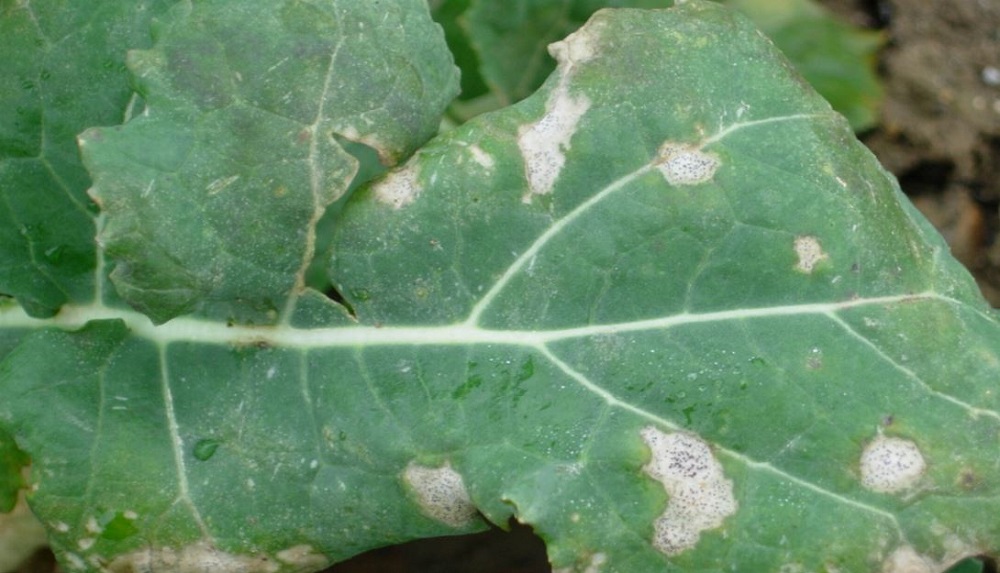- Home
- Knowledge library
- Provision of oilseed rape decision support systems to the UK arable Industry
Provision of oilseed rape decision support systems to the UK arable Industry
Summary
This project provided decision support system (DSS) tools to inform control strategies for two key diseases of oilseed rape (OSR) – phoma leaf spot (PLS) and light leaf spot (LLS).
PLS is initiated by airborne ascospores in the autumn, with considerable variation in timing (by region and year). The PLS forecast provides an indication of regional disease onset. It predicts a key date – when 10% of the plants are infected (an economic spray threshold), based on mean summer daily maximum temperature and cumulative rainfall (15 July–26 September).
LLS is also initiated by airborne ascospores, which are present from the start of crop emergence. However, it is sporadic and, due to a long symptomless phase of initial infection, the disease can remain unnoticed and go on to cause significant yield losses. The LLS forecast predicts the relative regional severity of the disease, based on the amount of disease the previous season, mean summer temperature and mean autumn rainfall (with historic rainfall data used for the preliminary autumn forecast and actual winter rainfall data for the final spring forecast). It predicts the proportion of OSR crops (with a disease resistance rating of 5) that will have more than 25% disease incidence in the spring. Separately, a crop-specific model indicates the effect of varietal resistance, sowing date and autumn fungicide applications on LLS severity.
The main objective was to maintain and update the tools in the autumn (October) of each year and revise the LLS forecast in the spring of the following year. A second objective was to promote the uptake and use of the DSS tools through Knowledge Transfer (KT) activities.
The forecasts were made each year and promoted on the AHDB website and through a variety of KT activities. There were occasional delays, due to numerous factors, such as difficulty in obtaining meteorological data, disease data or software issues.
Such forecasts improve understanding of field-level risks, focus monitoring efforts and inform spray decisions. The forecasts encourage applications only when necessary, as part of integrated pest management (IPM). This improves disease control and farm profitability, in addition to increasing the durability of varietal resistance and protecting the effective lifespan of fungicides.


 CropShots.jpg)
